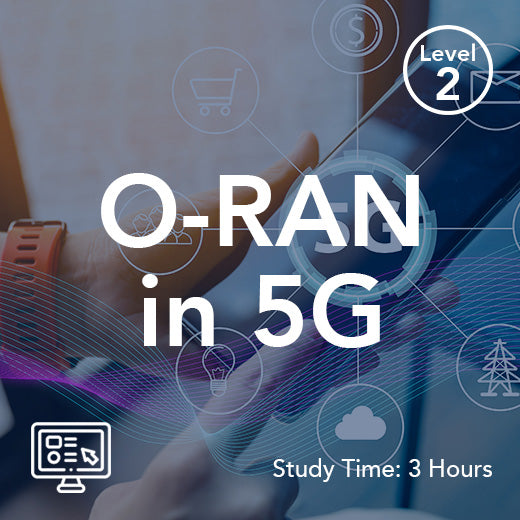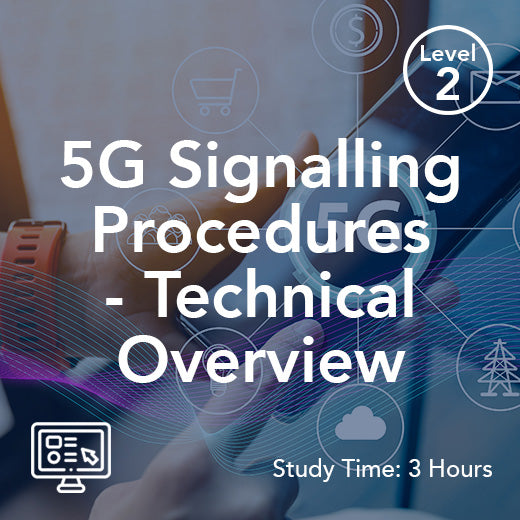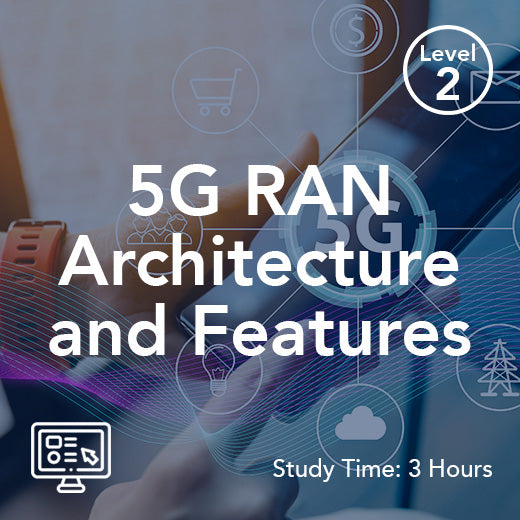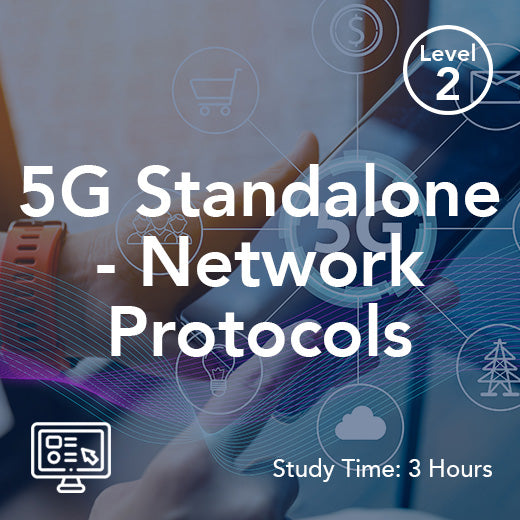What is eSIM in telecom?
- , by Stephanie Burrell
- 2 min reading time
In today's fast-paced digital world, the telecom industry is constantly evolving to meet the demands of consumers who are looking for faster, more efficient ways to stay connected. One of the latest innovations in this space is the eSIM, or embedded SIM card. But what exactly is eSIM, and how does it impact the telecom industry?
eSIM, short for embedded SIM, is a new technology that eliminates the need for a physical SIM card in mobile devices. Instead of swapping out SIM cards when changing carriers or traveling abroad, users can simply download a new profile onto their eSIM-enabled device. This not only makes the process more convenient for consumers but also opens up new possibilities for telecom providers.
One of the key benefits of eSIM technology is its ability to streamline the activation process for new devices. With traditional SIM cards, users must physically insert the card into their device and go through a series of steps to activate their service. eSIM, on the other hand, allows users to activate their device remotely, saving time and hassle for both consumers and telecom providers.
eSIM also offers greater flexibility for consumers who travel frequently or have multiple devices. With eSIM technology, users can easily switch between carriers or plans without having to physically swap out SIM cards. This is especially beneficial for international travelers, who can now avoid expensive roaming charges by simply downloading a local profile onto their eSIM-enabled device.
From a telecom provider's perspective, eSIM technology opens up new opportunities for customer acquisition and retention. With eSIM, providers can offer more flexible plans and services, tailored to the individual needs of their customers. This can help providers attract new customers and retain existing ones by offering a more personalized and convenient experience.
eSIM technology also has the potential to revolutionize the Internet of Things (IoT) industry. With eSIM-enabled devices, IoT manufacturers can easily connect their devices to cellular networks without the need for physical SIM cards. This can help streamline the deployment and management of IoT devices, making it easier for businesses to leverage the power of connected devices.
In conclusion, eSIM technology is a game-changer for the telecom industry, offering benefits for both consumers and providers alike. With its ability to simplify the activation process, offer greater flexibility for users, and open up new opportunities for providers, eSIM is poised to reshape the way we stay connected in the digital age. As the technology continues to evolve, we can expect to see even more innovative applications of eSIM in the telecom industry.
eSIM, short for embedded SIM, is a new technology that eliminates the need for a physical SIM card in mobile devices. Instead of swapping out SIM cards when changing carriers or traveling abroad, users can simply download a new profile onto their eSIM-enabled device. This not only makes the process more convenient for consumers but also opens up new possibilities for telecom providers.
One of the key benefits of eSIM technology is its ability to streamline the activation process for new devices. With traditional SIM cards, users must physically insert the card into their device and go through a series of steps to activate their service. eSIM, on the other hand, allows users to activate their device remotely, saving time and hassle for both consumers and telecom providers.
eSIM also offers greater flexibility for consumers who travel frequently or have multiple devices. With eSIM technology, users can easily switch between carriers or plans without having to physically swap out SIM cards. This is especially beneficial for international travelers, who can now avoid expensive roaming charges by simply downloading a local profile onto their eSIM-enabled device.
From a telecom provider's perspective, eSIM technology opens up new opportunities for customer acquisition and retention. With eSIM, providers can offer more flexible plans and services, tailored to the individual needs of their customers. This can help providers attract new customers and retain existing ones by offering a more personalized and convenient experience.
eSIM technology also has the potential to revolutionize the Internet of Things (IoT) industry. With eSIM-enabled devices, IoT manufacturers can easily connect their devices to cellular networks without the need for physical SIM cards. This can help streamline the deployment and management of IoT devices, making it easier for businesses to leverage the power of connected devices.
In conclusion, eSIM technology is a game-changer for the telecom industry, offering benefits for both consumers and providers alike. With its ability to simplify the activation process, offer greater flexibility for users, and open up new opportunities for providers, eSIM is poised to reshape the way we stay connected in the digital age. As the technology continues to evolve, we can expect to see even more innovative applications of eSIM in the telecom industry.

































